Getting Started with Macro Photography
Mike Moats is Michigan-based professional photographer who specializes in macro photography. He work has won numerous awards and he travels around the United States teaching workshops and selling prints. Recently InFocus Magazine asked Mike to share some of his tips and tricks for getting started with macro photography. We found out that it was surprisingly easy. Here are few insightful pointers from Mike.
Equipment for the Macro Photographer
The most successful image I’ve ever photographed was back in 2004 with a Fuji S2 digital SLR camera. That camera was generations ago in regards to the digital age of cameras. This shows that any digital SLR camera that you own today, no matter the cost, can capture great macro images if used properly.
As for the lenses, I use Tamron macro lenses but all companies produce good quality macro lenses. For your macro lens, I would recommend a longer focal length (such as a 180mm range). A longer focal length lens provides more working distance between you and a subject; this is important if you’re shooting live subjects – such as butterflies, dragonflies, and frogs – that may flee if you get too close. Midrange macro lenses (such as 90mm, 100mm, or 105mm) work well but don’t provide much working distance between you and the subject. I don’t recommend the 50mm or 60mm macro lenses because the working distance from your subject is simply too close; this can scare away your live subjects and make it tough on your back and knees when having to get down low to shoot subjects at ground-level. I do 100% of my shooting on a tripod which guarantees sharp images.
Finding Character
When you’re out shooting, go slowly and take the time to study every subject for interesting characteristics. All settings that contain flowers, leaves, trees, and bugs have the potential to reveal elements of character. Character is reflected in an object’s distinctive shape, remarkable lines, exceptional contrast, unusual pattern, unique texture, or special light. Finding character in nature is about creating images that set themselves apart from the ordinary and mundane that most photographers capture.
Know Your Environment
One of the benefits of macro photography is that, with the different seasons, the environment is constantly changing. The life cycle of the plants we shoot are changing on a monthly, and sometimes daily, basis. Study and learn the patterns of the environment in which you shoot to ensure you’re in the right place at the right time.
Are You Creating Art or Just Documenting?
When you photograph a flower, does it tend to look documented like something you would see in a flower identification textbook? In documented photos, the flower is shown with all the clutter of the environment in which it grows. For artistic compositions, find the right camera angle that ensures a clean background without the clutter; this allows the flower to really stand out.
Do You Think Before You Press the Shutter?
Once you find a subject and set up your tripod and camera to take the shot, do you think to yourself, “Have I seen this subject composed in this manner before?” If you have, then don’t shoot. We all study other photographers’ work online; and we have seen thousands of images of flowers and other macro subjects. Find a way to compose your subject to make it different than anything you have seen before. If you want your images to stand out, stop copying others and create your own unique way of seeing a subject.
Software for Post-processing
By following these tips, you can produce some unique and artistic photos. You may have found a subject with great character and composed it in your own original style, but when it comes out of the camera, it lacks life. Digital cameras are not necessarily designed to produce finished photos; that’s often up to the photographer. Photo-editing software can bring your photos to life by adding depth, contrast, and colors for a dramatic feel. Two of my favorite programs are Nik Software and Topaz Programs. By using these programs, I have taken my photos to another level that really grabs the viewer’s attention.
So… the next time you’re stuck inside the house due to bad weather, think about grabbing that camera and trying out your hand at macro photography.
To learn more about macro photography check out Mike Moat’s website below.

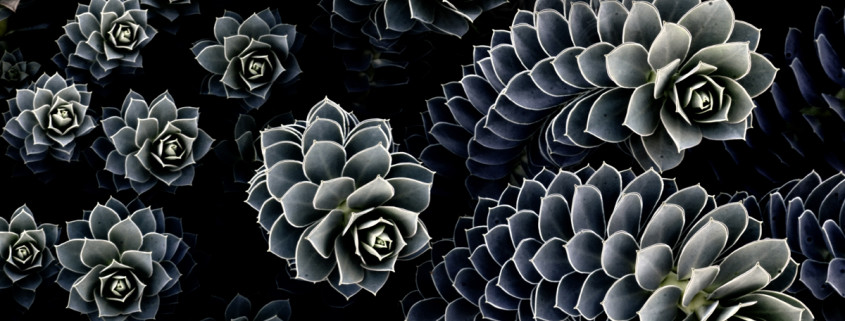
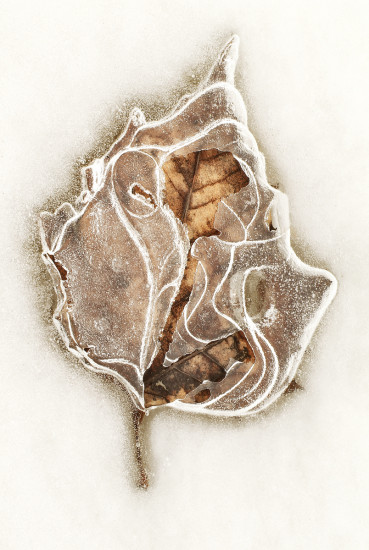
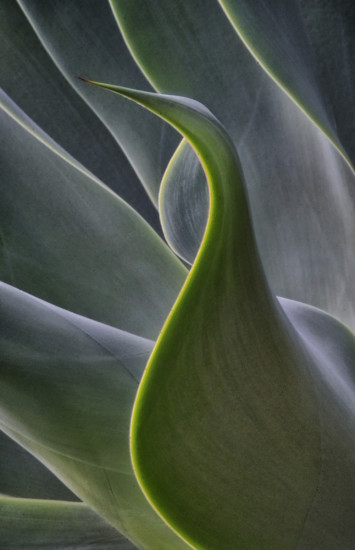
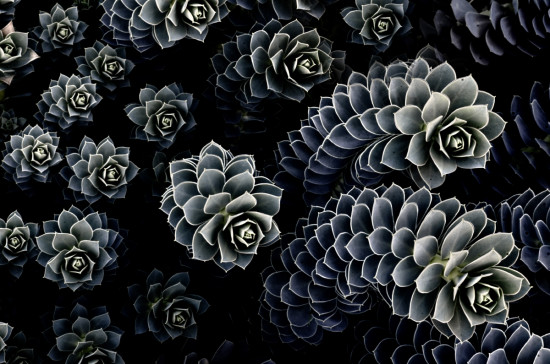
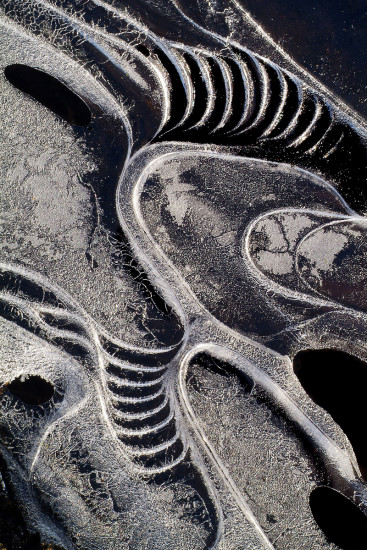
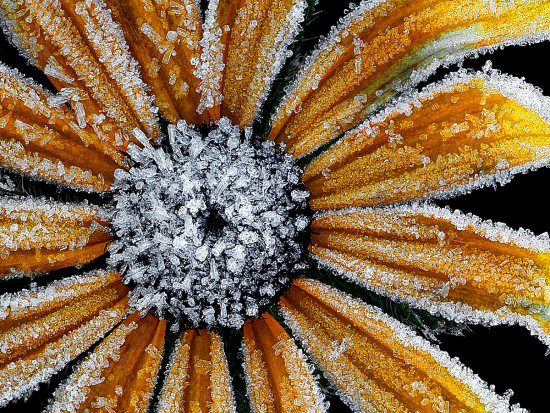
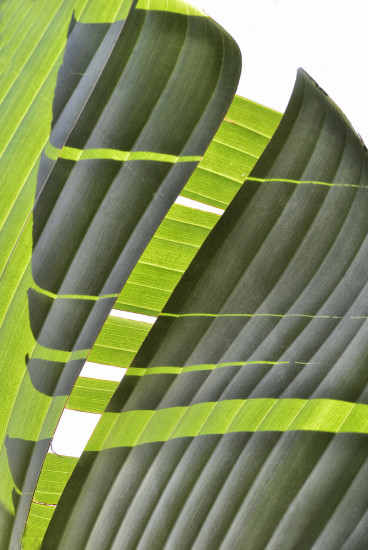



Thanks for the great tips Mike. You really have this down to a science and art and it is so nice of you to share with the community. I am learning so much from your blog posts and your macro mentoring course.